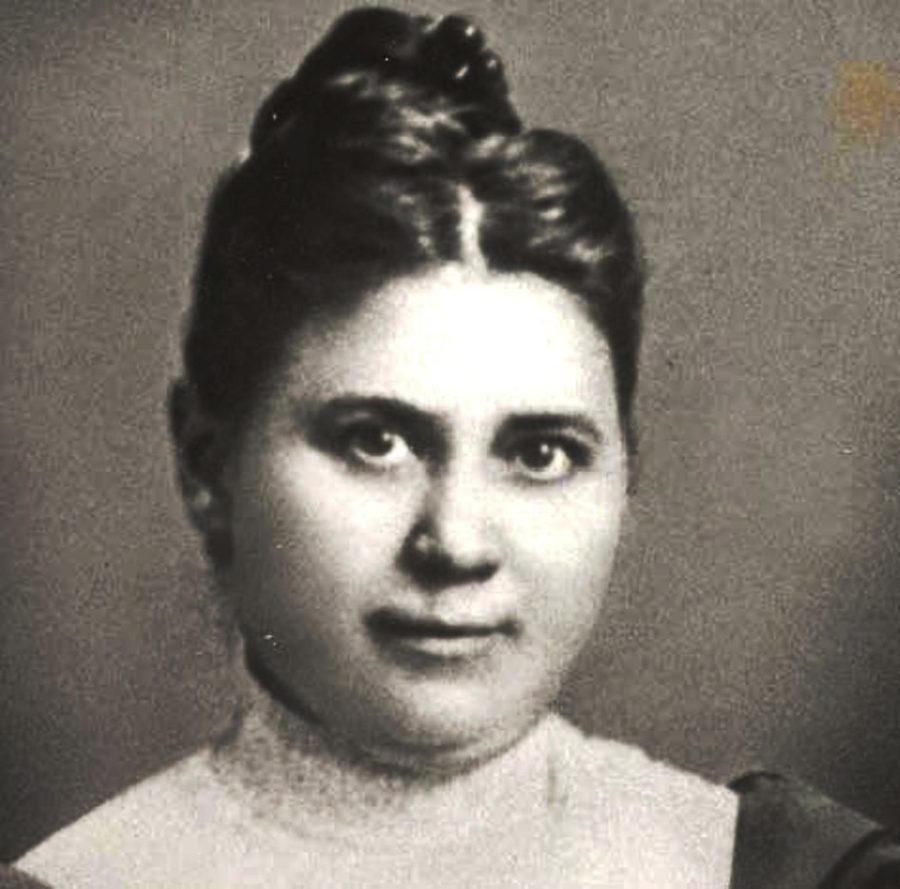While every student who has been through a campus tour knows that Old Main is the UA’s first — and perhaps most important — building, many of the university’s 100 other structures have gone unexplained. In an effort to convince readers that the Nugent and Marley buildings aren’t named after famous musicians, and to enlighten them on the legacies of others, the Wildcat is introducing a weekly series that delves into how the UA built its history.
In 1898, Louise Foucar Marshall arrived in Tucson where she would spend the rest of her life making history in the city and at the UA. Marshall made her mark in southern Arizona as a successful businesswoman and philanthropist, and through a famous murder trial after she shot her husband five times in his sleep.
The Louise Foucar Marshall building, located at 845 N. Park Ave. was erected in 2003 and named by the UA to honor its first female professor, according to Jane McCollum, general manager of the Marshall Foundation. Marshall, who was the first graduate student to come to the UA from outside of Arizona, became a recognized professor in 1901 and was head of the department.
“She was a very complex person. She cared deeply about people but had a great sense of business,” McCollum said.
Thomas Marshall was an older student in one of, at the time, Foucar’s modern and ancient languages cuorses. Although Thomas Marshall was six years younger than Louise Marshall, there was a connection between them and, according to the Marshall Foundation website, they got married in 1904.
While still a professor, Louise Marshall began to buy land near the UA, developed it and used some of the rent acquired from those properties to help fund scholarships. In 1903 Marshall quit her teaching job and focused on buying and developing properties in what is now Main Gate Square and other areas west of the university. Her block of shops at Park Avenue was Tucson’s first set of suburban shopping centers according to the Marshall Foundation website.
“I just think she was an extraordinary woman and just so far ahead of her day to recognize that this dirt road would be a profitable commercial center,” McCollum said. “She was such a visionary that she realized that this would be a vibrant area.”
Marshall inherited some money when her mother died, which was requested to be used to help others. In 1930, Marshall and her husband started the Marshall Charitable Foundation. As a non-profit foundation it’s required, to this day, to donate 5 percent of its yearly worth to local organizations.
Since 1930, the Marshall Foundation has donated almost $18 million with its yearly donations at $1.2 million since 2008. Today, half of that 5 percent is donated to the UA in undergraduate, nursing and fellow scholarships. The rest of the yearly donation goes to special non-profits in Pima County.
In October of 1930 Marshall became severely ill and told her doctor that she thought her husband was having an affair with her housekeeper and that they were trying to kill her. The test results showed that Marshall had been poisoned.
When she became ill again in April of 1931, shortly after her husband had given her tea, Foucar Marshall‘s suspicion grew and she shot her husband five times in his sleep. Thomas Marshall survived as two bullets completely missed him and the other three hit non-vital organs.
Thomas Marshall died two weeks later after a doctor attempted to dig out a bullet while reading the X-ray backwards, McCollum said. The inaccurate procedure caused Marshall to get sepsis and he was transferred to Los Angeles to his deathbed.
Marshall’s murder trial was moved to Nogales, where her charges were cleared “by reason of temporary insanity,” according to McCollum.
Foucar Marshall was later the UA’s the dean of students and served on the Arizona Board of Regents. While not as prominent after the murder trial, she continued to manage properties and donate money. In 1956, she died at 92 years old.
“I think she was important to the history of the university and important to certainly the history of Tucson both on a positive and a negative way,” McCollum said. “But I think more positive came out of her being.”









